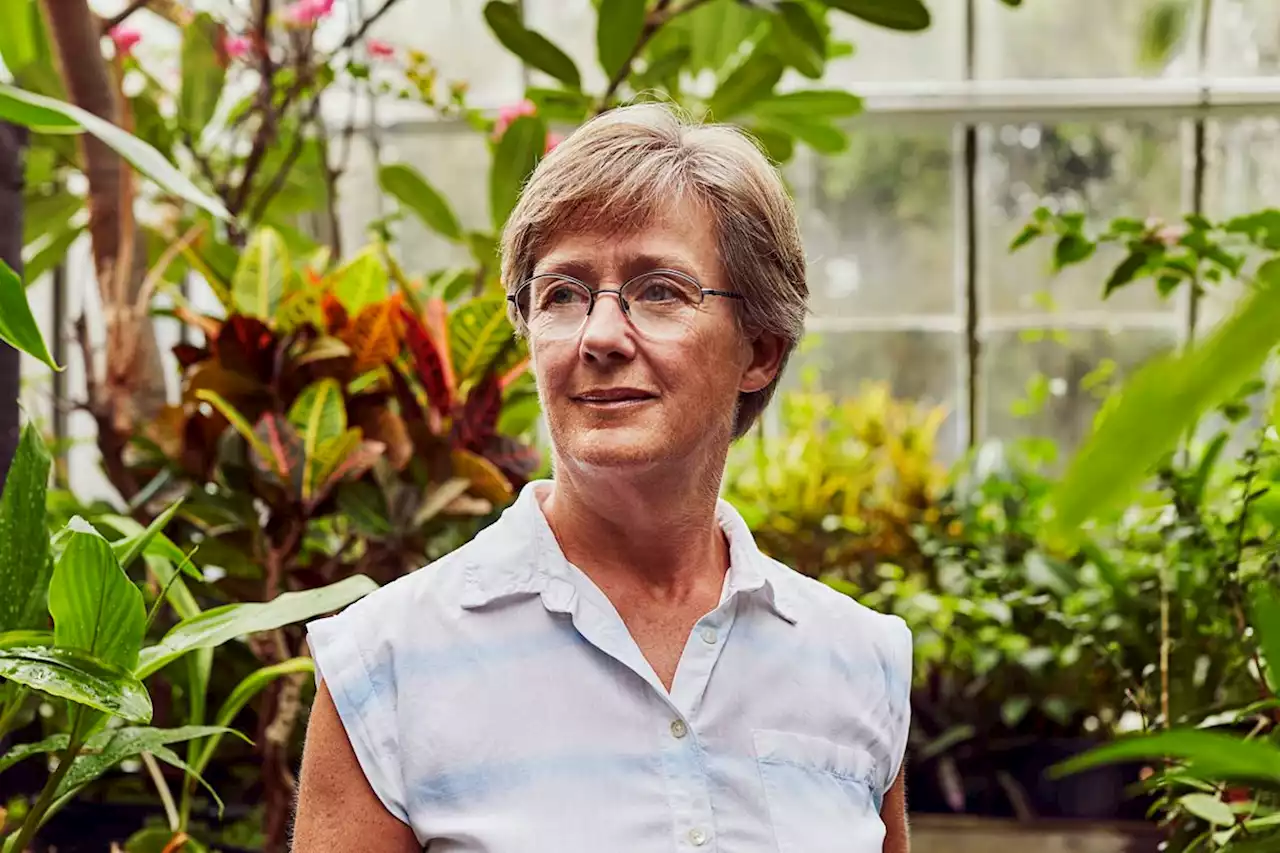Carleton University professor was named this year’s winner of the Gerhard Herzberg Canada Gold Medal
. The award, bestowed annually by the Natural Sciences and Engineering Research Council, a federal funding agency, takes into account both the excellence and influence of a scientist’s work. It is the country’s highest prize for those who specialize in non-medical fields of research.
Dr. Fahrig spoke to The Globe and Mail about her quest to discern how nature endures, and how we can help.There aren’t really any ecoregions left where humans have had no impact, but if there were, the biodiversity there would take care of itself. It’s the places where you have the most land given over to human use where we find the most threatened biodiversity.It’s a combination of things.
I started running these simulations using what was then considered powerful computer. But I didn’t find what I was expecting. In a place where half the landscape was habitat, let’s say, it didn’t matter if the habitat was in three big patches or 500 little patches.I thought, this can’t be right, and of course, reviewers thought so, too. I would get these reviews back saying you didn’t include this or that. And I could include those things and the results wouldn’t change.
What are you hoping for when international delegates gather in Montreal later this year to lay out their commitments for protecting nature? I don’t know. I guess I’m sort of fed up with talk. The problem with commitments is that the public thinks that when a commitment has been made, it’s actually carried out. We’re doing 30 by ‘30 because we didn’t manage to do 20 by ‘20. And when we don’t do 30 by ‘30, then it’s going to be 50 by ‘50. These commitments make people feel that it’s all in hand. I’m not cynical about the intentions of the people who are at the meetings, but I just find it pretty frustrating.
